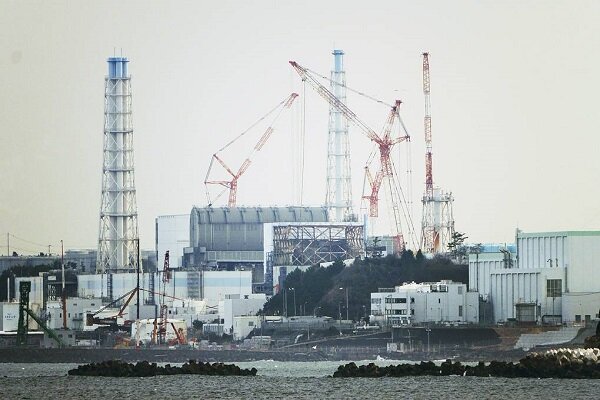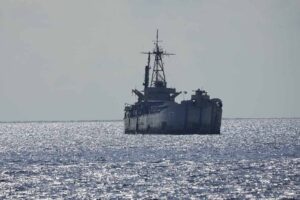
Up to 7,800 metric tons of water are planned to be discharged in the course of the second phase with the daily amount standing below 500 tons.
In March 2011, a tsunami struck the Fukushima Daiichi nuclear power plant, knocking out power and cooling facilities, resulting in the meltdown of nuclear fuel in three reactors, the destruction of their vessels, explosions and the release of large amounts of radioactive material.
To date, the territory of the plant and surrounding areas have been practically cleaned up. However, water is being continuously poured into the destroyed reactors to cool the nuclear fuel fragments, flowing out through gaps with heavy radioactive contamination.
It is treated, but afterwards still contains tritium, which cannot be removed. More than 1.34 million tons of water has now accumulated on the territory of the nuclear power plant, filling more than 1,040 steel tanks. The Japanese government previously decided to gradually release the treated water into the ocean. This operation will take 30-40 years, according to TASS.
On September 1, the discharge of the first batch of about 7,800 tons of water was completed. By the end of the current fiscal year (ending March 31, 2024), about 31,200 tons are planned to be discharged into the ocean.
This operation has been approved by the International Atomic Energy Agency (IAEA). Apart from purification, the water from the nuclear power plant is highly diluted with seawater. Tritium and other radioactive isotopes remain there in insignificant amounts, well below permissible standards, Tokyo says.
Measurements taken in the ocean by Japanese authorities and the IAEA have so far confirmed these claims. Tokyo’s decision to drain the water has drawn criticism from a number of states, primarily China, which is demanding a halt to the operation.
MP/PR




